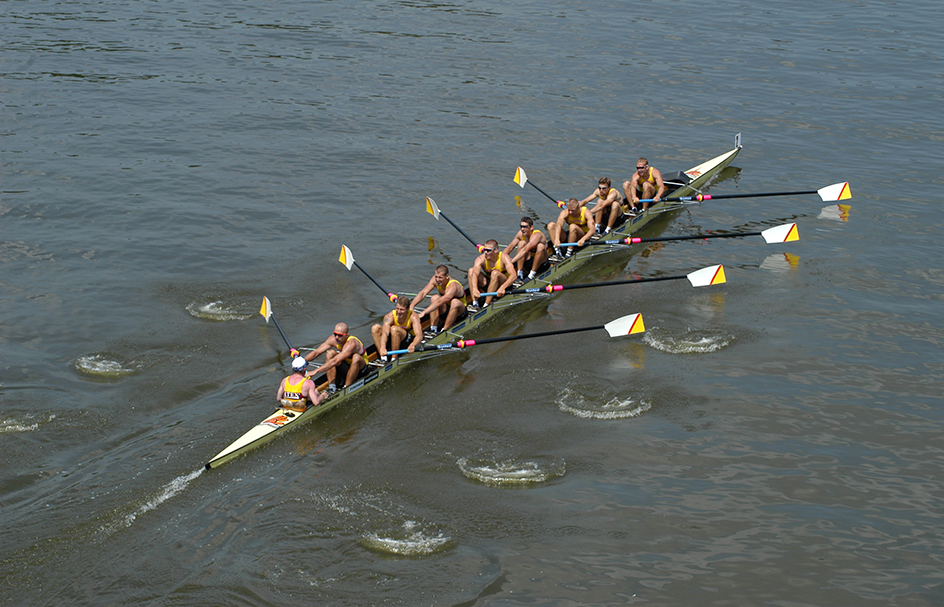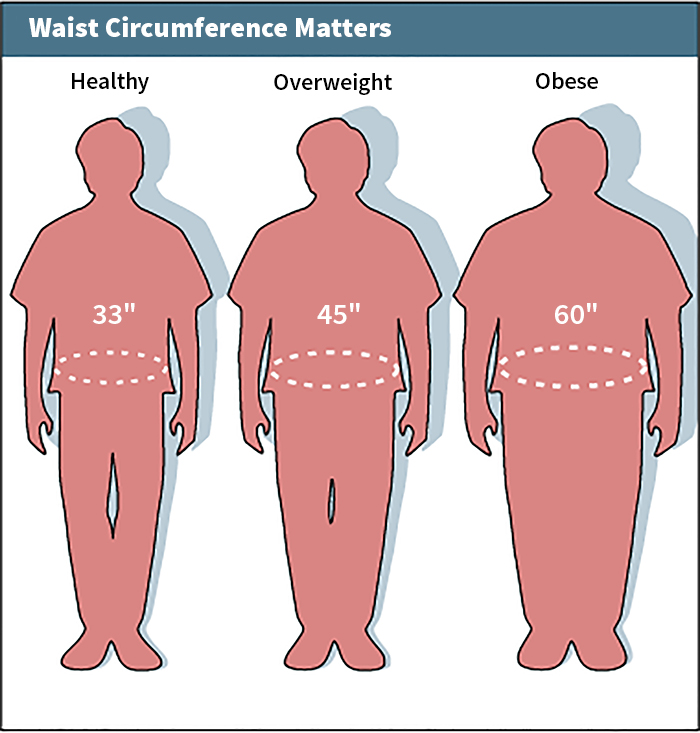Physical fitness is the ability to meet the physical demands of daily life and to resist diseases associated with inactivity. Physical fitness enables people to perform well in sports and other activities, and to look and feel their best.
Physical fitness can be classified into two main kinds: (1) performance-related and (2) health-related. People face different physical demands in the course of their occupations and leisure time. Therefore, the necessary type of conditioning, which may be called performance-related physical fitness, varies from one individual to another. For example, a stockbroker who runs marathon races for recreation requires a high capacity of the heart and lungs to deliver oxygen to leg muscles. On the other hand, a factory worker who lifts heavy crates but reads for relaxation primarily requires great leg and upper body strength to meet daily physical challenges.

The requirements for health-related fitness are similar for all people. Everyone must maintain certain aspects of health-related fitness to feel good and to resist disease.
Performance-related fitness

Performance-related physical fitness includes such qualities as muscular strength, aerobic power, anaerobic power, anaerobic capacity, and flexibility.
Muscular strength
is the ability to produce force in a single effort. This type of strength is vital to such athletes as discus and javelin throwers, football linemen, shot-putters, and powerlifters.
Aerobic power
is the highest rate at which a person’s body can produce energy in the muscles through the use of oxygen. Aerobic power depends on good lung function to supply oxygen to the blood, a strong heart to pump blood to the muscles, and muscles that are efficient in using the oxygen sent to them. Great aerobic power is common among endurance athletes, including cyclists, distance runners, rowers, and distance swimmers. These athletes may have twice the aerobic power of untrained people. 
Anaerobic power
is the ability to produce great force quickly, a combination of speed and strength. The term anaerobic means without oxygen. Highly anaerobic activities use up energy so fast that they can be sustained for only 30 seconds or less. Anaerobic power is needed in such events as the high jump, long jump, 50- to 100-meter sprints in track, rebounding in basketball, and weightlifting.
Anaerobic capacity
is the ability to sustain great force for up to 30 seconds. It is important in 200- and 300-meter sprints in track; 25- and 50-meter swims; and any sport involving brief bursts of maximum effort.
Flexibility
is the range of motion of body joints. Great flexibility is needed in such activities as dance, gymnastics, high jumping, hurdling, long jumping, and wrestling. A high degree of flexibility may also help prevent certain sports injuries.
Health-related fitness
Health-related fitness includes such qualities as aerobic power, flexibility of the spine, abdominal strength, body fat, cholesterol levels, and glucose tolerance.
Aerobic power
enables a person to comfortably perform such activities as cycling, racquetball, rowing, running, stair climbing, swimming, vigorous walking, or yard work. Participation in aerobic activities on a regular basis can reduce the risk of coronary artery disease, the most common form of heart disease. Along with diet control, these activities can also help prevent obesity (being too fat) and osteoporosis (loss of bone tissue).

Flexibility of the spine
involves the range of motion of the joints of the spinal column. It is important for reducing the risk of low back pain. When in a sitting position with both legs extended, a person should be able to reach within about 4 inches (10 centimeters) of his or her toes.
Abdominal strength
also helps reduce back pain. The abdominal muscles should be strong enough for a person to do about 20 bent-knee sit-ups easily.
Body fat.
The percentage of body tissue that consists of fat and the distribution of that fat are important factors in a wide variety of diseases. The percentages of body fat for young adult men should fall between about 5 and 20 percent and between about 12 and 30 percent for young adult women. Levels over 20 percent in men and 30 percent in women contribute to health risks, including arthritis, diabetes, gallbladder disease, heart disease, and high blood pressure. People whose fat is mainly in the abdominal area have a greater risk of heart disease than people whose fat accumulates chiefly in the hips and thighs. Exercise helps prevent excess fat.

Cholesterol levels.
Cholesterol is a waxy, fatty substance found in animal tissues and the food that comes from them. High levels of cholesterol in the blood increase a person’s risk of coronary artery disease. More important than the total amount of cholesterol, however, are the relative amounts of lipoproteins, large molecules that carry cholesterol through the blood. There are two main types of cholesterol-carrying lipoproteins: (1) low-density lipoproteins (LDL’s) and (2) high-density lipoproteins (HDL’s). Cholesterol in the blood can be identified as either LDL cholesterol or HDL cholesterol, depending on which lipoprotein carries it. High levels of LDL cholesterol increase the risk of coronary artery disease, but HDL cholesterol seems to reduce that risk. People who engage in regular aerobic exercise lower their levels of harmful LDL’s and increase their beneficial HDL’s. See Cholesterol.
Glucose tolerance
is how the body responds to a feeding of a sugar called glucose. Healthy people can consume foods containing glucose without developing excessive amounts of glucose in their blood. Elevated levels of glucose in the blood indicate diabetes mellitus, a serious disease in which the body cannot use glucose normally. Regular aerobic exercise may improve glucose tolerance and improve the function of insulin, a hormone that regulates blood glucose.
Developing physical fitness
To achieve and maintain physical fitness, people should eat a balanced diet and exercise regularly. A balanced diet includes all the nutrients the body needs to remain healthy. Nutritionists have developed various guidelines to encourage good nutrition. See Nutrition (Nutrition guidelines) .

Physical education programs in schools help children develop good fitness habits. In the United States, the President’s Council on Fitness, Sports and Nutrition recommends that all elementary and high schools provide a period of at least 20 to 30 minutes of vigorous exercise daily. An effective school program also offers team sports, courses in health care, and performance tests to measure students’ progress in physical fitness.
Health experts recommend at least 20 minutes of vigorous aerobic exercise three to five times per week for adults to develop and maintain aerobic power and to help control body fat, cholesterol, and glucose tolerance. But a less vigorous exercise program can also have important health benefits, especially for reducing the risk of heart disease. Such a program should include 30 minutes or more of moderate exercise–such as walking, easy bicycling, or gardening–at least five days a week. Men over age 40, women over 50, and anyone with risk factors or symptoms of heart or lung disease should check with their physicians before starting a vigorous exercise program.
